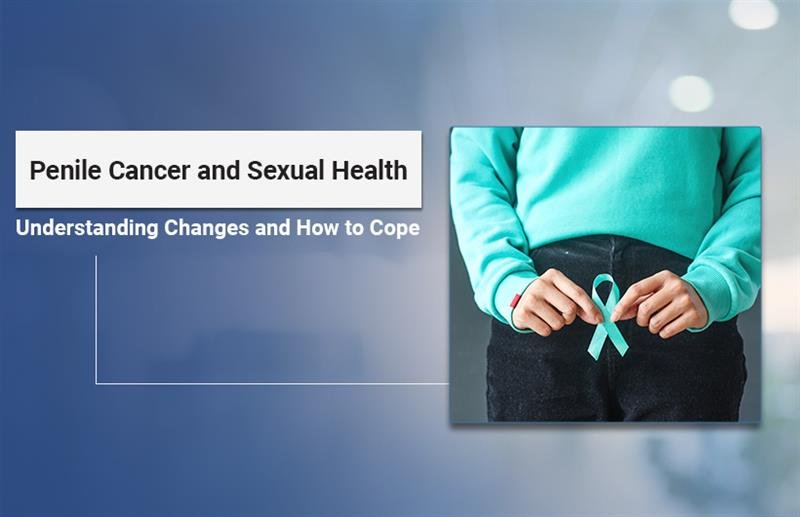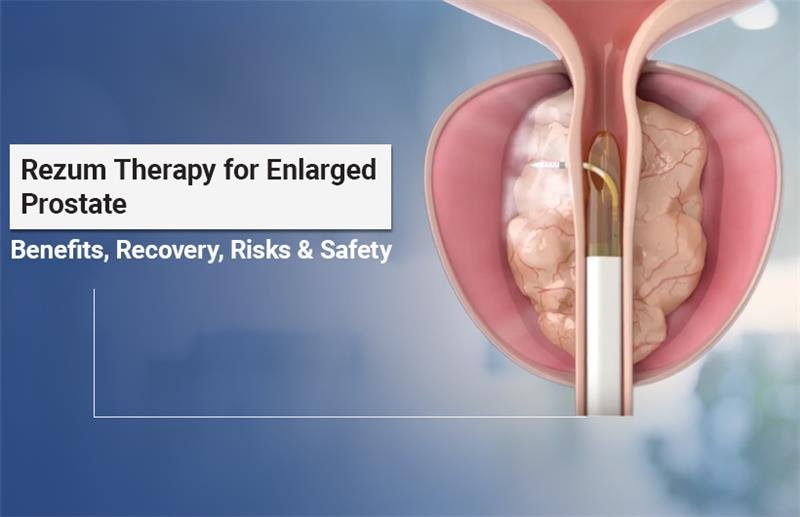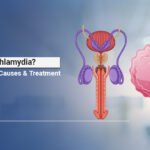Testicular cancer is one of the most treatable cancers when detected early, yet it remains a rarely discussed health issue among men. Many young men overlook symptoms or feel embarrassed to talk about testicular problems, leading to myths, confusion, and delayed diagnosis.
Awareness is the first step in protecting your health. In this blog, we will debunk common myths, explain key symptoms and risk factors, and guide you on performing a simple self-exam that could save your life. If you are looking for expert care, consult a Urologist in Ahmedabad.
Table of Contents
What Is Testicular Cancer and Why Does It Happen?
Testicular cancer starts in the testicles, which are located inside the scrotum. These organs produce sperm and testosterone. When abnormal cells in the testicles begin to grow uncontrollably, they form a cancerous tumour.
This cancer most commonly affects men between 15 and 40 years of age, although it can occur at any age. The good news? It is highly treatable, especially when caught early.
What are the common symptoms of testicular cancer?
Many men ignore early signs because they do not feel pain. But you should consult a urologist immediately if you notice:
- A lump or swelling in either testicle
- A feeling of heaviness in the scrotum
- A dull ache in the lower abdomen or groin
- Sudden fluid buildup in the scrotum
- Pain or discomfort in a testicle or scrotum
- Back pain (in advanced stages)
These symptoms may also result from infections or injuries, but it’s always better to get them checked early. Dr Dushyant Pawar, a Urologist Surgeon in Ahmedabad, advises men never to ignore any unusual changes in their testicles.
Myths and Facts: What Do Men Commonly Get Wrong?
There are countless myths surrounding testicular cancer. Let’s break them down one by one so men can make informed health decisions.
Myth 1: Testicular Cancer Only Affects Older Men
Fact: This cancer is most common in young men, especially between 20 and 40. It is one of the few cancers that affects younger age groups more frequently.
Myth 2: If There Is No Pain, It Cannot Be Cancer
Fact: Most testicular cancers cause no pain in the beginning. A painless lump is the most common symptom. Do not wait for pain before visiting a doctor.
Myth 3: Injury to the Testicles Causes Cancer
Fact: An injury may cause swelling or discomfort, but it does not cause cancer. However, it can help you notice a lump that was already present.
Myth 4: Only Men with a Family History Can Get It
Fact: While family history increases risk, many men who develop testicular cancer have no family history at all.
Myth 5: A Testicular Lump Always Means Cancer
Fact: Not all lumps are cancerous. Some may be due to infections, cysts, or fluid buildup. But every lump should be examined by a specialist to rule out cancer.
What Are the Important Facts Every Man Should Know?
1) Testicular Cancer Is Highly Treatable
Even in advanced stages, testicular cancer has one of the highest cure rates. Early detection improves success even more.
2) Regular Self-Exams Help Early Detection
A simple 2-minute check can help you detect lumps early. Men who regularly perform self-exams tend to catch cancer at the earliest stages.
3) It Can Happen Even If You Are Healthy
A healthy lifestyle does not eliminate the risk. Understanding symptoms and doing self-checks are still important.
4) Treatment Does Not Always Affect Fertility
Modern treatments are designed to preserve fertility whenever possible. Your doctor may also discuss sperm banking before treatment.
5) Early Detection Saves Lives
Most men delay seeking help due to embarrassment. But testicular cancer grows quickly, so timely treatment is crucial.
What Are the Risk Factors for Testicular Cancer?
While the exact cause is unknown, certain factors may increase your risk:
- Family history of testicular cancer
- Undescended testicle (even if corrected later)
- Previous history of testicular cancer in one testicle
- Abnormal testicle development
- Infertility or hormonal issues
- Certain genetic conditions
However, many men who get testicular cancer have none of these risk factors.
How Can You Reduce the Risk of Testicular Cancer?
There is no guaranteed way to prevent it, but you can lower the risk through:
- Regular self-exams
- Staying aware of symptoms
- Wearing protective gear while playing sports
- Seeking treatment for infections or injuries immediately
- Leading a healthy lifestyle
Awareness is your best defence. Dr. Dushyant Pawar encourages men to talk openly about their symptoms instead of feeling embarrassed.
How Do You Perform a Testicular Self-Exam at Home?
A testicular self-exam (TSE) is simple, quick, and should be done once a month. Here’s the step-by-step guide:
Step 1: Choose the Right Time
The best time is after a warm shower because warm water relaxes the scrotum, making lumps easier to feel.
Step 2: Stand in Front of a Mirror
Look for any visible swelling or changes in size or shape.
Step 3: Examine Each Testicle
- Use your thumb and two fingers
- Roll each testicle gently
- Feel for lumps, swelling, or unusual hardness
Step 4: Understand What’s Normal
- It’s normal for one testicle to be slightly larger
- It’s normal for one to hang lower
- You may feel soft tubes; these are normal structures
Step 5: When to Seek Help
Visit a urologist if you feel:
- A hard lump
- An unusual swelling
- Any sudden change
- Persistent discomfort
Doing this exam monthly helps you understand what is normal for your body so you can detect changes early.
Where Can Men Find Support and Guidance?
A cancer diagnosis can feel overwhelming, but men are not alone. Support groups, counselling, and educational resources help patients and families cope better.
Urologists also play an important role in guiding patients from diagnosis to treatment and recovery. A specialist can help you understand tumour type, treatment options, fertility preservation, and long-term follow-up care.
Conclusion
Testicular Pain should never be ignored. While myths can create fear, understanding the facts empowers men to take control of their health. Early detection of issues, including testicular cancer, greatly improves outcomes, and regular self-exams can be lifesaving.
If you experience any unusual changes or testicular pain, consult a qualified urologist promptly. Awareness, timely action, and professional guidance are essential for protecting your health with confidence.





